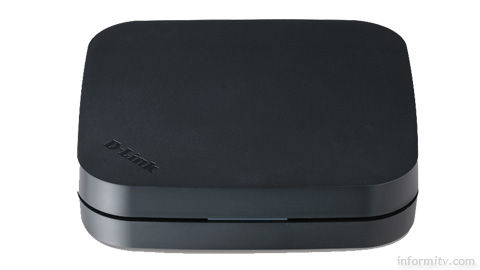Over a third of homes in America now have at least one television that is connected to the internet, according to Leichtman Research Group. The 38% of homes that have an internet connected television is up from 30% a year previously or 24% the year before. Despite the number of smart televisions on the market, most televisions that currently connect to the internet do so through a games console. Only 4% of homes said they had a connected smart television and only 1% of homes had a dedicated add-on media player, although these numbers are likely to rise rapidly.
Televisions connected to the internet through a Microsoft Xbox 360 or Sony PlayStation 3 account for 28% of homes in the United States. Blu-ray players are also in 13% of American homes, with some overlap of those with a connected games console. Only 4% of homes have a connected smart television, and only 1% connect their television through a media device like the Apple TV or Roku box.
The survey found that 16% of all adults watch full-length television shows online at least weekly and 13% of all adults watch video from the internet through a connected television device at least weekly, compared to 10% the previous year and 5% the year before.
Use of connected television devices remains skewed among Netflix customers, with 35% of Netflix subscribers watching video from the internet via a connected device weekly, compared to 5% among non-subscribers to the Netflix movie service.
“Video is increasingly being watched on different platforms and in different places, yet these emerging video services still generally act as complements to traditional television viewing and services rather than as substitutes,” said Bruce Leichtman. The reported time spent watching television remains similar and he said “there remains little evidence of a significant trend in consumers ‘cutting the cord’ to their multi-channel video services to watch video solely via these emerging services.”
Nevertheless, cable television providers including Comcast and Time Warner lost over 1.6 million subscribers, while telephone companies Verizon and AT&T picked up 1.5 million and DIRECTV added 0.6 million. Overall, there were nearly 384,000 net additions to multichannel video services in the United States in 2011.
So far, standalone media streaming devices appear to be the preserve of early adopters. Boxee has revealed that there are only around 200,000 active users of its highly regarded and distinctively designed Boxee Box, produced by D-Link, now selling at $179.99. There are around 2 million users in total if you count the discontinued Boxee computer application.
D-Link has introduced its own new low cost device, the DSM-310 product it calls MovieNite, priced at $59.99 but initially available exclusively through Walmart for $48.00. Offering access to Vudu, Netflix and YouTube with full 1080p high-definition output, this competes aggressively on price with other comparable products.

The entry level Roku LT sells for $49.99 and offers 720p video output, while versions supporting full 1080p video output start at $79.99.
Roku has sold around 2.5 million devices in three years, while Apple has sold 4.2 million Apple TV boxes worldwide.
Such products have yet to reach mass market adoption, but accessible price points and a growing range of online video services may mean that they become increasingly attractive as a complement to existing displays, enabling inexpensive upgrades. It will be difficult to charge a significant premium for smart displays that integrate similar features, which will increasingly be regarded as standard.
In its sixth annual nationwide report on Emerging Video Services Leichtman polled 1,251 adults across the continental United States in a representative telephone survey conducted in February 2012.
